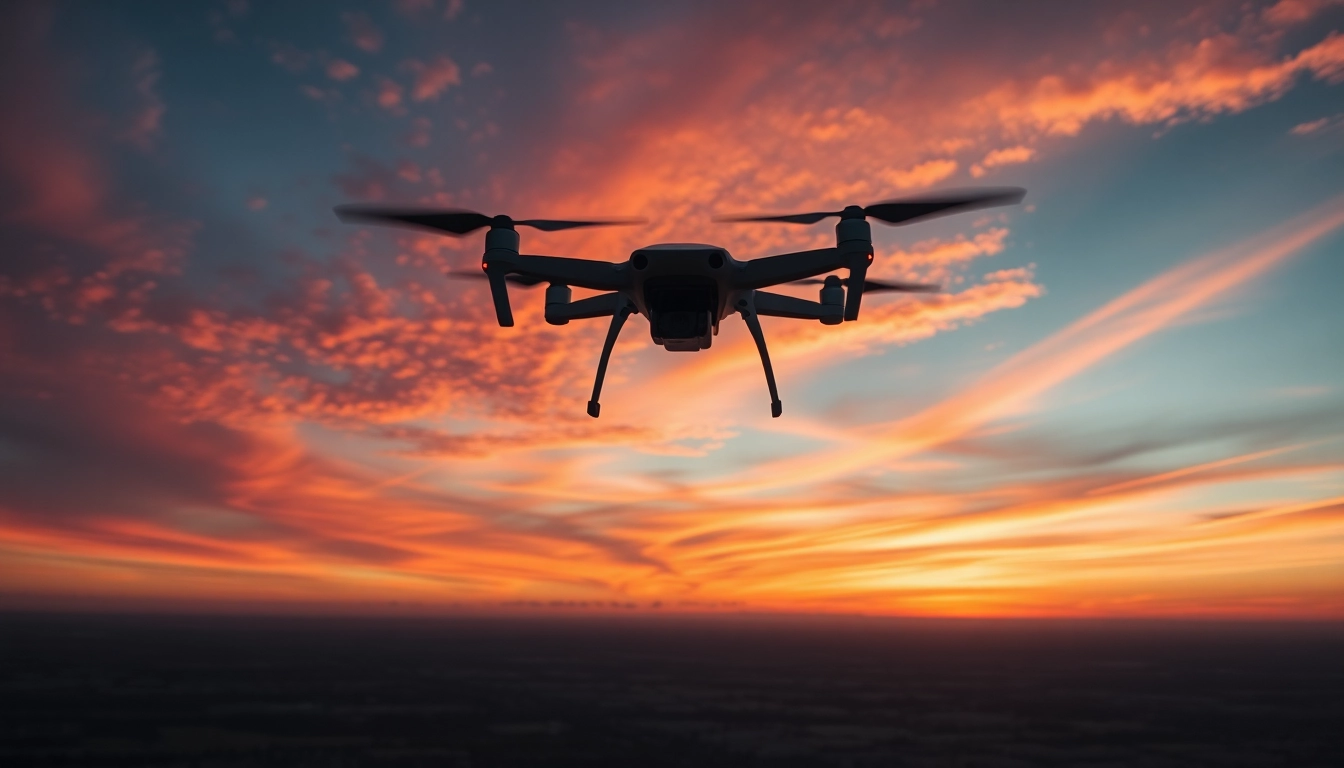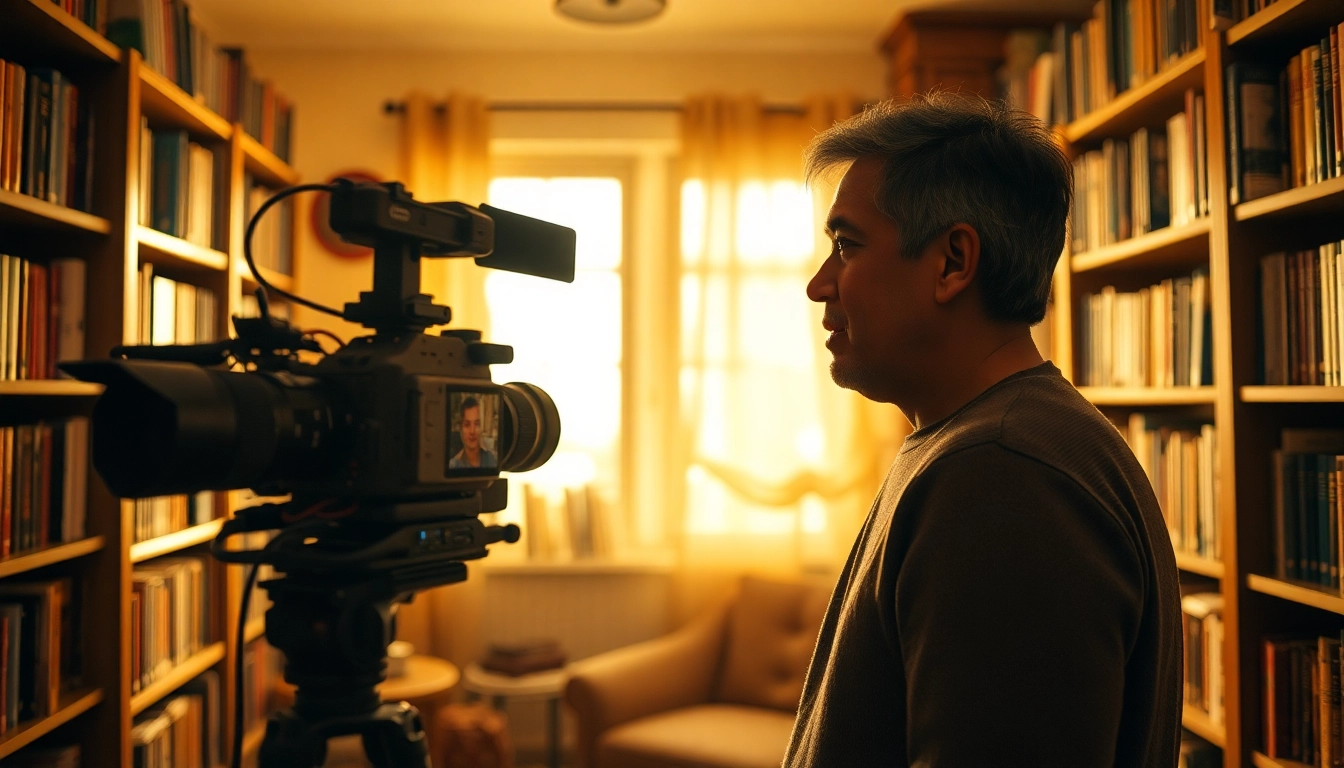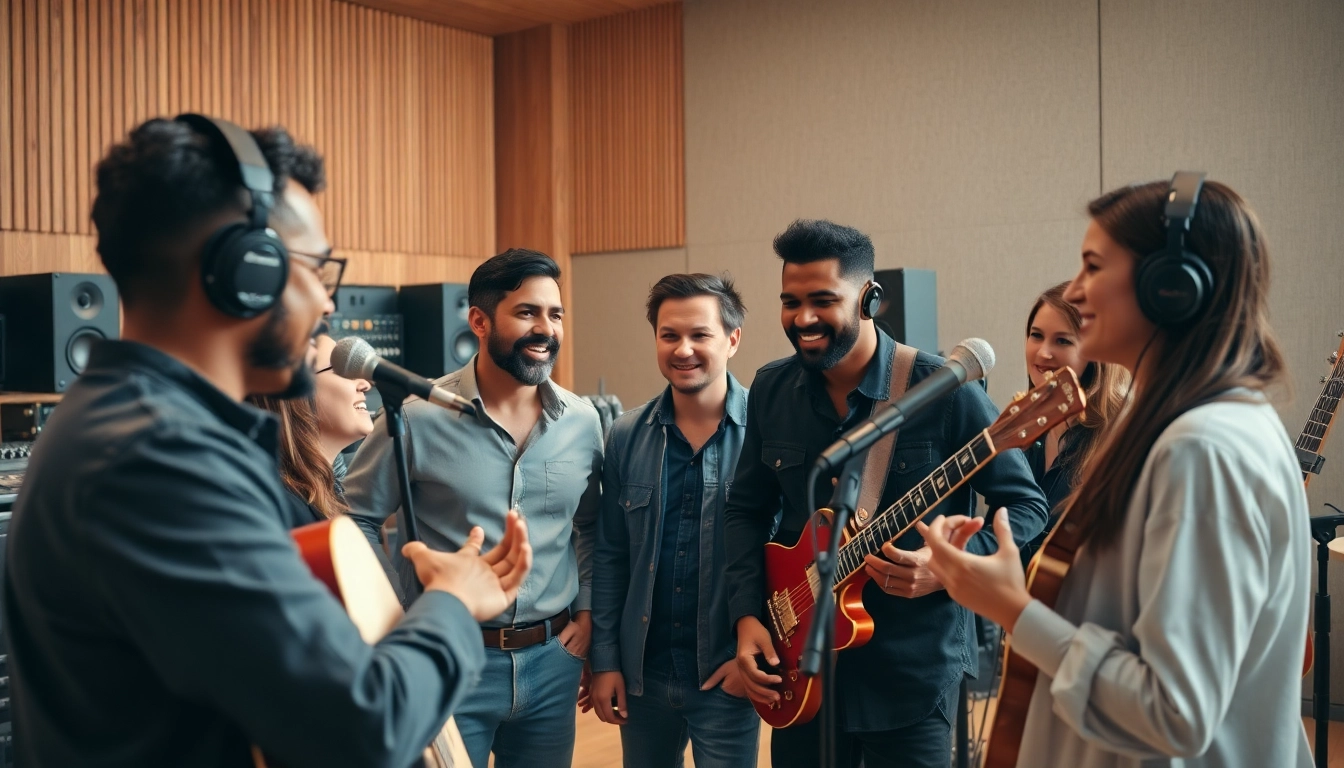Introduction to Aerial Photography
Aerial photography has taken the world by storm, offering unprecedented perspectives and visual storytelling capabilities. When paired with an aerial photography drone camera, capturing stunning images from unique angles has never been more accessible. This article explores the fundamentals of aerial photography, delving into its definition, history, importance across industries, and techniques to create breathtaking images.
What is Aerial Photography?
Aerial photography is defined as the process of taking photographs from an elevated position. It allows photographers to capture expansive landscapes, urban areas, and architectural features in ways that traditional photography cannot. Originally conducted from manned aircraft, the advent of drone technology has democratized aerial photography, making it available to hobbyists and professionals alike. Today, these floating cameras not only create stunning imagery but also offer insightful perspectives for various applications including surveys, real estate marketing, and artistic endeavors.
History and Evolution of Aerial Photography Drone Cameras
The roots of aerial photography date back to the mid-19th century with the first aerial image captured by French photographer Gaspard-Félix Tournachon, known as Nadar, who used a hot air balloon. However, the significant leap occurred during World War I and II when aerial reconnaissance became crucial for military strategy. The technology continued to evolve, leading to the invention of sophisticated cameras capable of capturing high-resolution images from the sky.
The advent of drones has revolutionized aerial photography. With advancements in technology, drones have become more accessible and user-friendly, allowing people with varying levels of expertise to engage in aerial photography. High-quality imaging, stability during flight, and the ability to navigate difficult terrains have made drone cameras essential tools in modern photography.
Importance of Aerial Photography in Various Industries
Aerial photography plays a crucial role in numerous industries, enhancing visual communication, marketing strategies, and operational efficiency. In real estate, stunning aerial shots are effective in showcasing properties from charming angles. For construction and engineering, drones provide ongoing site monitoring and landscape analysis, enhancing decision-making processes with real-time data. In agriculture, drone imagery helps assess crop health, optimizing yields and resource usage.
Moreover, aerial photography is widely utilized in environmental monitoring, disaster management, and media production, all benefiting from the unique aerial perspectives that can dramatically narrate issues or tell impactful stories.
Selecting the Right Aerial Photography Drone Camera
Choosing the right aerial photography drone camera can be overwhelming due to the plethora of options available in the market. Various factors come into play, determining what suits your needs and budget. Here’s a breakdown of key elements to consider while making your decision.
Key Features to Look For in a Drone Camera
When selecting a drone camera, consider the following features:
- Camera Quality: Look for drones that offer at least a 1080p camera, with many newer models providing 4K shooting capabilities. The quality of the optics and sensors is equally important to ensure that your images are sharp and vibrant.
- Stabilization: A gimbal system that stabilizes the camera during flight is essential for clear, shake-free images.
- Flight Time: Consider the drone’s battery life, as longer flight times allow for extended shooting sessions. Most consumer drones provide between 20 to 40 minutes of flight time.
- Range: Understand the drone’s operational range, which affects how far it can fly and maintain a connection to the remote control.
- GPS Features: Drones equipped with GPS often have additional features, such as waypoint navigation, return-to-home functions, and geofencing, which enhance usability and safety.
Top Brands and Models for Aerial Photography
Some of the leading brands that have excelled in the aerial photography drone camera market include:
- DJI: Known for reliability, DJI offers popular models like the Mavic Air 2 and Phantom 4, which provide excellent imaging capabilities and advanced flight features.
- Autel Robotics: With the Evo Lite series, Autel delivers powerful drones that capture stunning aerial shots with high-resolution sensors.
- Parrot: The Parrot Anafi is a compelling option for its portability and unique features, like a 180-degree camera tilt.
Budgeting: Finding Quality without Breaking the Bank
When searching for the ideal aerial photography drone camera, it’s essential to balance quality with budget. Consumer drones can range in price from a few hundred dollars to several thousand. Entry-level drones, such as the DJI Mini series, offer great value for beginners, while professional-grade models with more features and capabilities can lead to higher investments. Consider purchasing a used model to save costs initially, or look for discounts during major sales events.
Essential Techniques for Aerial Photography
Mastering aerial photography requires more than just having a good camera; understanding techniques is crucial to achieving visually striking images. The following techniques will enhance your aerial photography skills.
Understanding Composition and Framing
Composition is a fundamental aspect of photography that applies to aerial imagery as well. Utilize the rules of thirds, leading lines, and other compositional techniques to create balanced images. Experiment with different angles, as aerial perspectives can provide unique framing options that ground photography cannot. Additionally, shoot during golden hours—early morning or late afternoon—when the sunlight is softer and warmer, enhancing the overall quality of your images.
Mastering Lighting and Color Correction
Lighting is a crucial element in photography. Aerial photography can be particularly affected by varying weather conditions, so assess the lighting before flying. For instance, avoid shooting directly into the sun to prevent lens flares and overexposed images. Post-processing software like Lightroom or Photoshop can assist in correcting color and enhancing the mood of your photographs. Understanding how to utilize these tools can turn a good photo into a great one.
How to Use Drone Modes and Settings Effectively
Many drones come with pre-programmed flight modes that can greatly benefit your aerial photography experience. Features like follow-me, point of interest, and circle modes allow for creative shots with minimal effort. Familiarizing yourself with your drone’s settings, such as ISO, shutter speed, and aperture, will help you optimize your images before you even start shooting. Experimenting with these modes will lead to discovering which ones best suit your artistic intent.
Post-Processing Aerial Photography Images
Once aerial images have been captured, the next step is post-processing. This phase transforms raw images into finished pieces that reflect the photographer’s vision.
Editing Software Recommendations
Numerous software options are available for editing aerial photography images. Adobe Lightroom and Photoshop are industry standards, offering powerful tools for color correction, cropping, and retouching. Capture One and Luminar are great alternatives, providing unique features tailored for photographers. Free programs like GIMP can also serve beginners well while they develop their editing skills.
Advanced Editing Techniques to Enhance Your Photos
To elevate your aerial imagery, delve into advanced techniques like HDR (High Dynamic Range) imaging, which combines multiple exposures to create a single image with greater tonal detail. Additionally, mastering mask techniques for selective editing can draw focus to focal points within your compositions. Creative edits, such as adding gradients to skies or selectively sharpening certain areas, can also bring your photographs to life.
How to Optimize Images for Online Sharing
To effectively share your aerial photography online, optimize your images for various platforms. Compression techniques should be implemented to reduce file size without sacrificing quality. Use JPEG for general storage, as it’s widely accepted, but save important shots in RAW format for the highest quality. Ensure images have appropriate resolutions—for instance, 72 DPI for web use—and consider watermarking to protect your work from unauthorized use.
Building a Portfolio and Monetizing Aerial Photography
Once you’ve honed your aerial photography skills, building a portfolio and exploring monetization options can open the door to new opportunities. Here’s how you can effectively showcase your work and generate income.
Creating a Compelling Aerial Photography Portfolio
Your portfolio is a reflection of your style and skill level; therefore, curate it thoughtfully. Include a range of your best images that exhibit your technical abilities and artistic vision. A website or online gallery is an effective way to showcase your work and reach potential clients. Ensure your website is visually appealing, easy to navigate, and optimized for search engines to attract organic traffic.
Marketing Strategies for Aerial Photographers
Effective marketing is essential for standing out in the competitive field of aerial photography. Networking with local businesses, real estate agents, and event planners can lead to collaboration opportunities. Utilize social media platforms such as Instagram, Facebook, and YouTube to share your work and connect with a broader audience. Consider using targeted ads to elevate your online presence. Additionally, joining photography communities and forums can provide networking opportunities and helpful feedback.
Exploring Career Opportunities in Aerial Photography
Aerial photography presents diverse career opportunities, ranging from freelance photography, offering services for events and real estate, to working with industries like agriculture, tourism, and construction. Consider pursuing additional certifications, such as a drone pilot license, to broaden your professional scope and increase your credibility. The growing demand for drone services suggests that there’s no better time to dive into this exciting field!



